Scientists in Italy and Hungary have made a vesicle that will divide in response to a chemical trigger. Their system could shed light on how primitive biological cells came to replicate and expand our understanding of the origin of life.
Many studies have created artificial cell-like systems that mimic some of the biological processes occurring in living cells, such as cell division, with the aim of better understanding this process. However, these systems usually only respond to a strong external and physical trigger.
Now, a team led by Federico Rossi from the University of Salerno and István Lagzi from Budapest University of Technology and Economics has created a synthetic cell that self-divides through an internal pathway.
They made the synthetic cell using a phase transfer method, which encapsulated urease within a bilayer made from phospholipids and oleic acid. Adding urea to the external solution sees it transported into the vesicle where it reacts with urease to produce ammonia. This causes the pH of the lumen to rise, deprotonating the oleic acid in the vesicle’s inner membrane. Building blocks from the membrane move into the lumen, causing the inner membrane to shrink. Osmotic stress then causes the volume of the vesicle to decrease, and as a result, it changes shape and splits into two daughter vesicles.
As the system is simple and triggered by an internal reaction, the researchers think that it could be a plausible model to study the self-division process of protocells under prebiotic conditions.


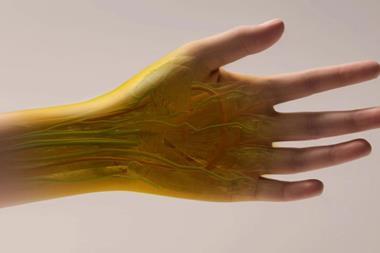
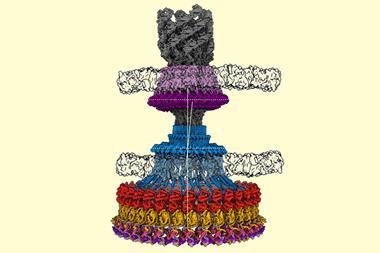

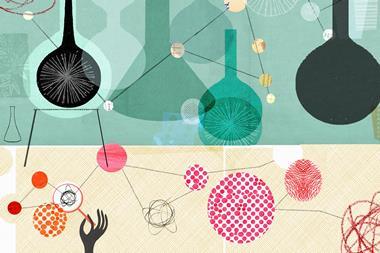
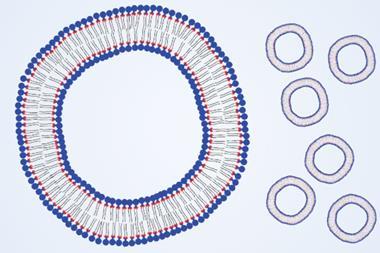


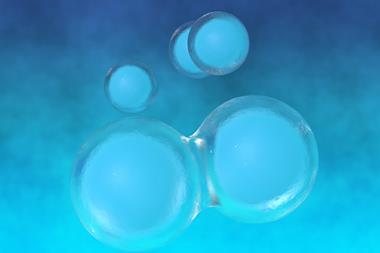
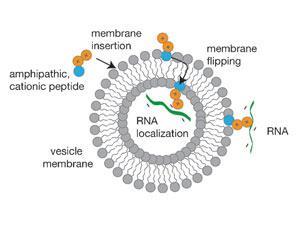











No comments yet